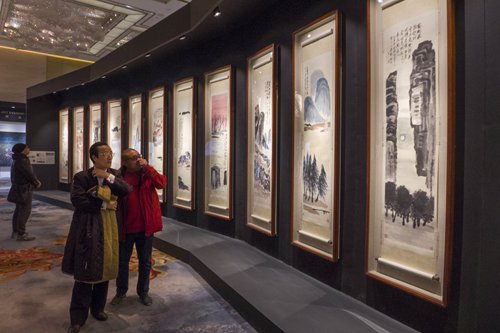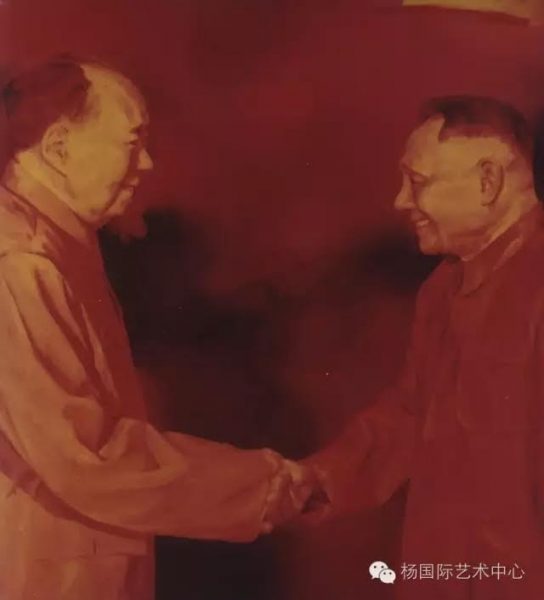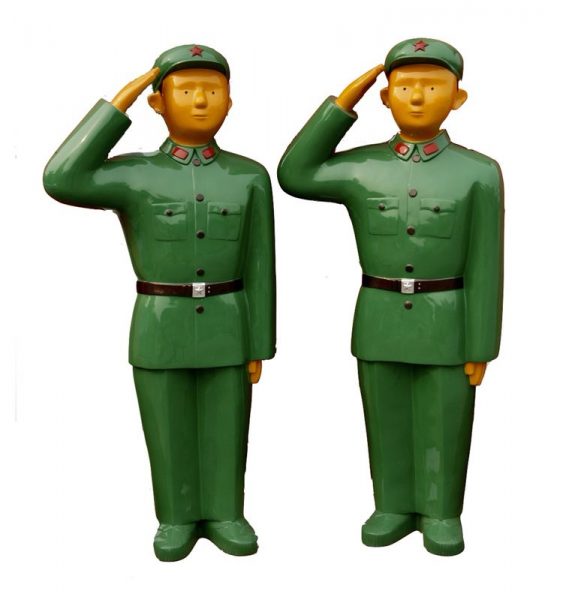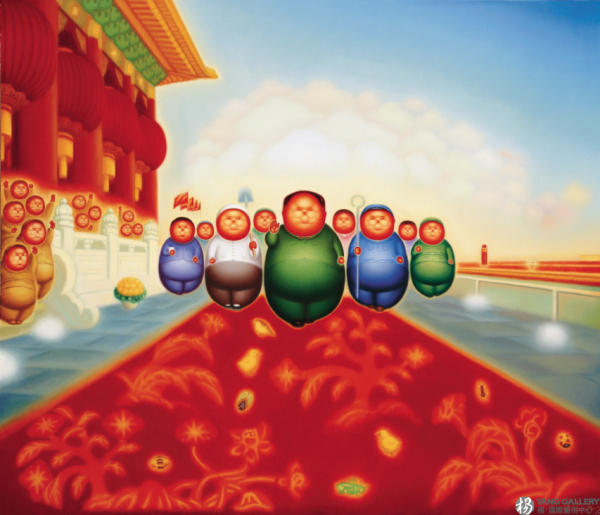Last December, Qi Baishi became the first Chinese artist to join the $100 million club, selling a set of ink-brush panels, Twelve Landscape Screens, for $141 million at the Beijing Poly International Auction. Sold to an unknown Chinese buyer, the sale is indicative of a reviving global art market, buoyed by Chinese interest.

Research by the UBS and Art Basel showed that the Chinese art market broke a two-year decline in 2017 with sales growing 14% to $13.2 billion, on the back of strong sales and a weak pound.
According to the report, Art Market 2018, the US was the largest market worldwide, accounting for 42% of sales by value. China came in second with 21% market share and the UK the third largest at 20%. This was followed by France, Germany, Switzerland, Italy and Spain, collectively accounting for 13% of the global market value. At 33%, China also dominated global auction sales, after the US at 35%.

In 2017, surveys by the Arts Economics showed that on average, US buyers accounted for close to one-third of sales. Chinese buyers accounted for just under 25% and Asian buyers – including Chinese, Indian and other Asian collectors – were on par with Europe at 30%.The auction market for Chinese art in particular increased 20% in 2017 to $9.3 billion, after several years of stagnant and declining turnover.
Although sales in Mainland China dominated by value with a 57% share, the share of sales in Hong Kong rose by 13% year-on-year to 43%, driven by strong increases at both Western and Chinese auction houses.

Meanwhile, Chinese buyers accounted for 10% of sales through dealers around the world. Dealer sales reached an estimated $33.7 billion globally in 2017.
In fact, a 2017 McKinsey report showed that wealthy Chinese buyers had the most bullish spending plans in 2017 and were the most likely to be trading up in the luxury sector.
Chinese liking
The Chinese market is dominated by local buyers, who make up 87% of the gallery market. The study by UBS and Art Basel foound that the decorative art segments were the biggest contributors, with sales of ceramics and other wares increased by 36% in dollar terms.What’s more, for art over 10 million RMB (around $1.5 million), modern and contemporary Chinese painting, sales improved by over 60%. Chinese auctions entitled ‘oil painting and contemporary art’ had the highest rate of 82% fully paid sales.

China was the largest market worldwide in the impressionist and post-impressionist sector in 2017 with a share of 35% of global sales by value and 15% by volume.
Sales in China more than doubled in value year-on-year, reaching $794 million. In the ten years from 2007 to 2017, sales in China have grown from a very low base of $38 million to 20 times the size.Nine of the world’s top 200 high net worth art collectors are based in China. However, there’s a significant gap with the US, which houses 101 collectors.
Moreover, despite this increase in 2017, sales in China are still significantly below their peak in 2011. They rose to $15 billion at the height of the boom, temporarily pushing China into first place in terms of aggregate global art sales.
*extracted from citywireasia
